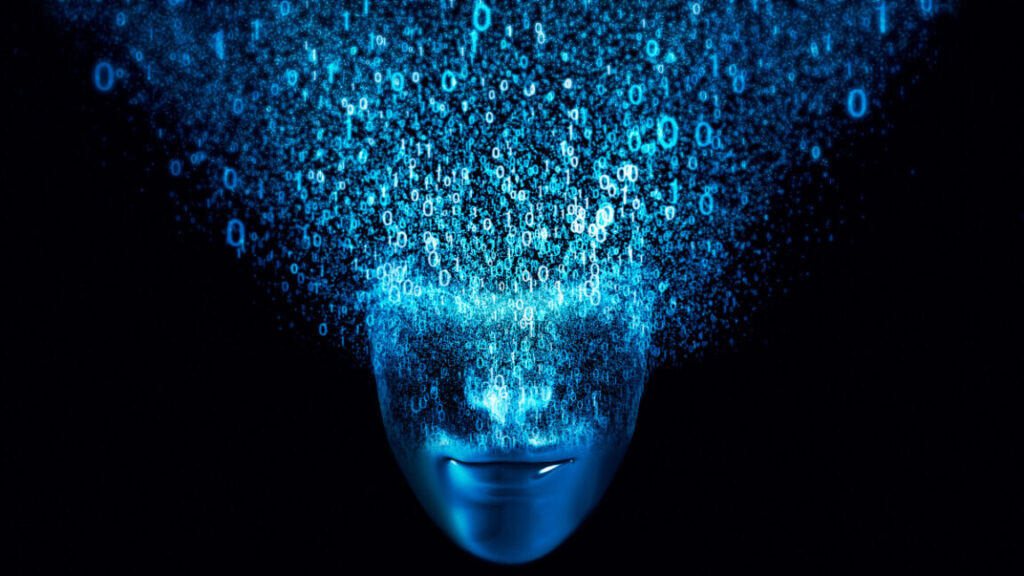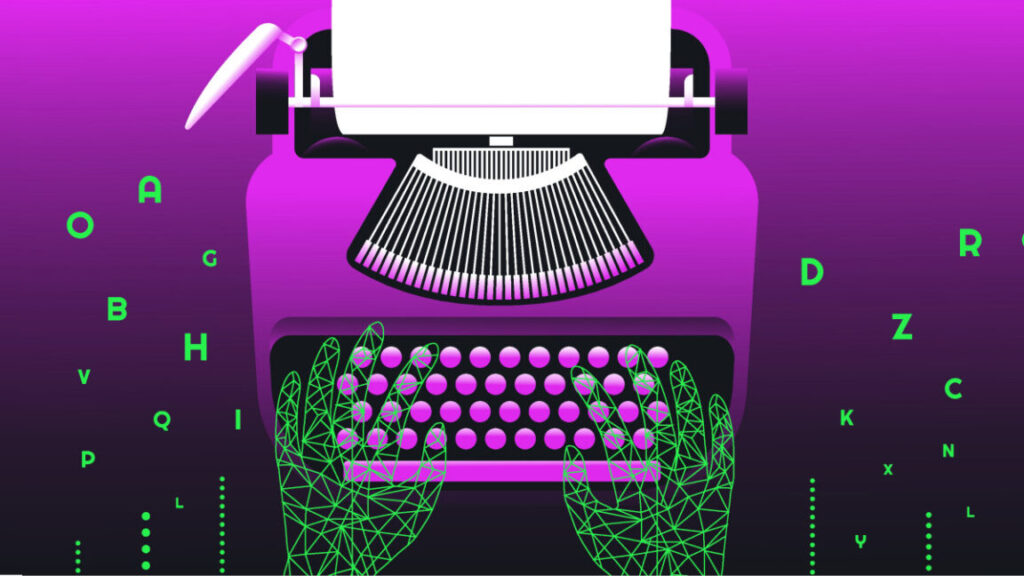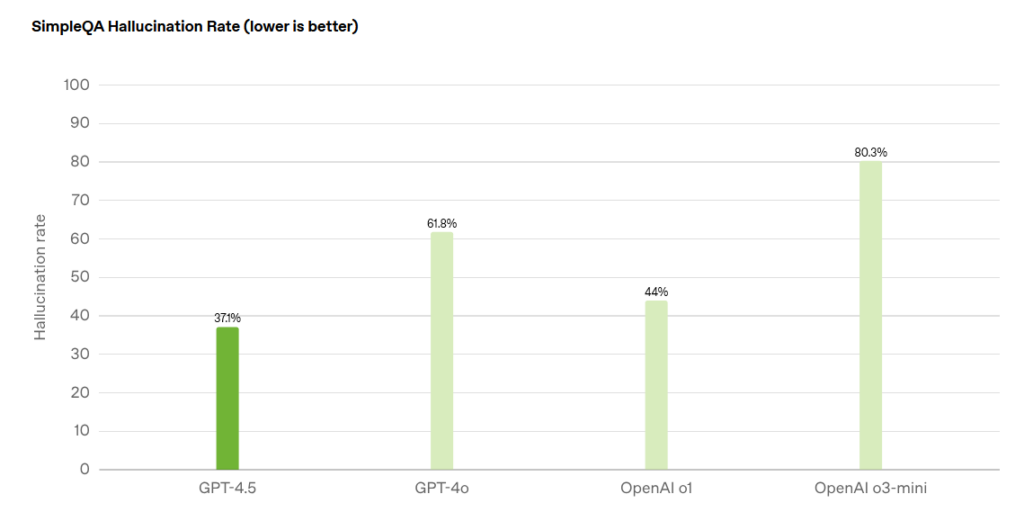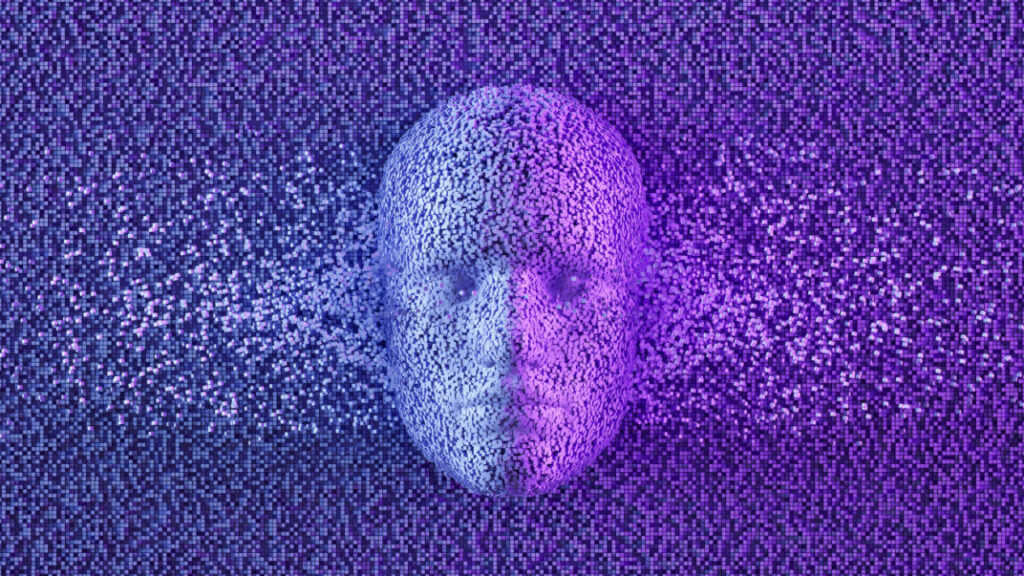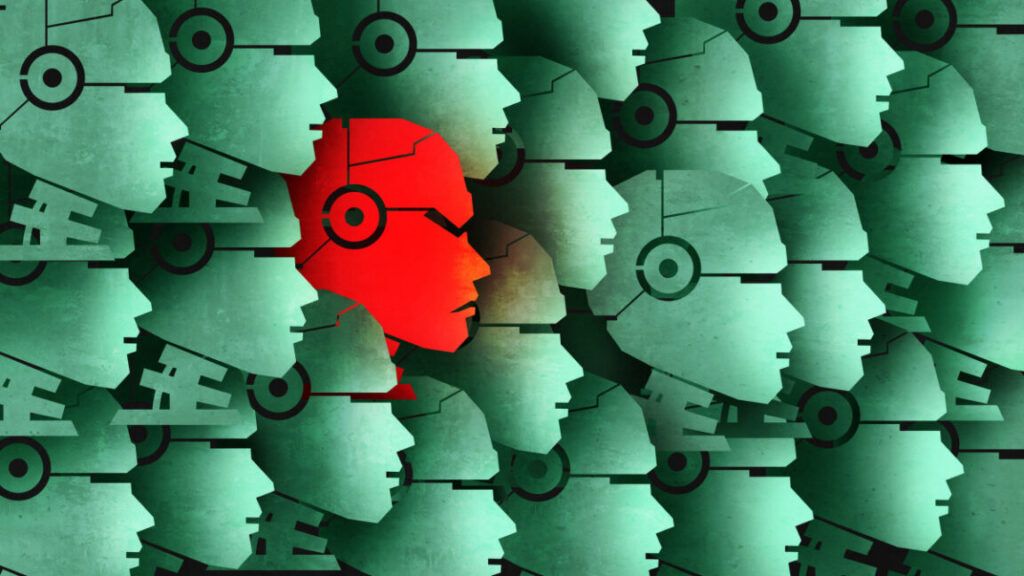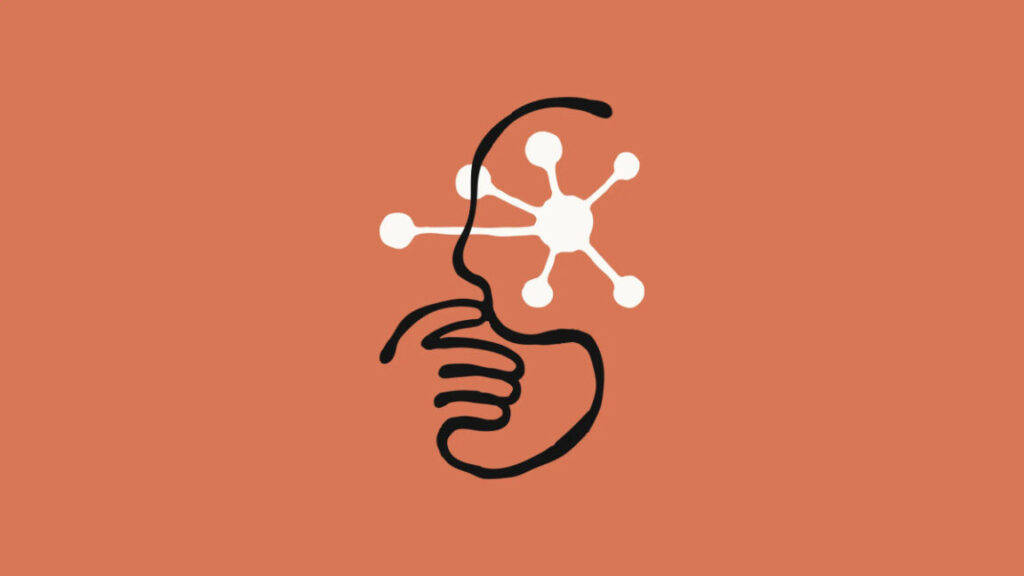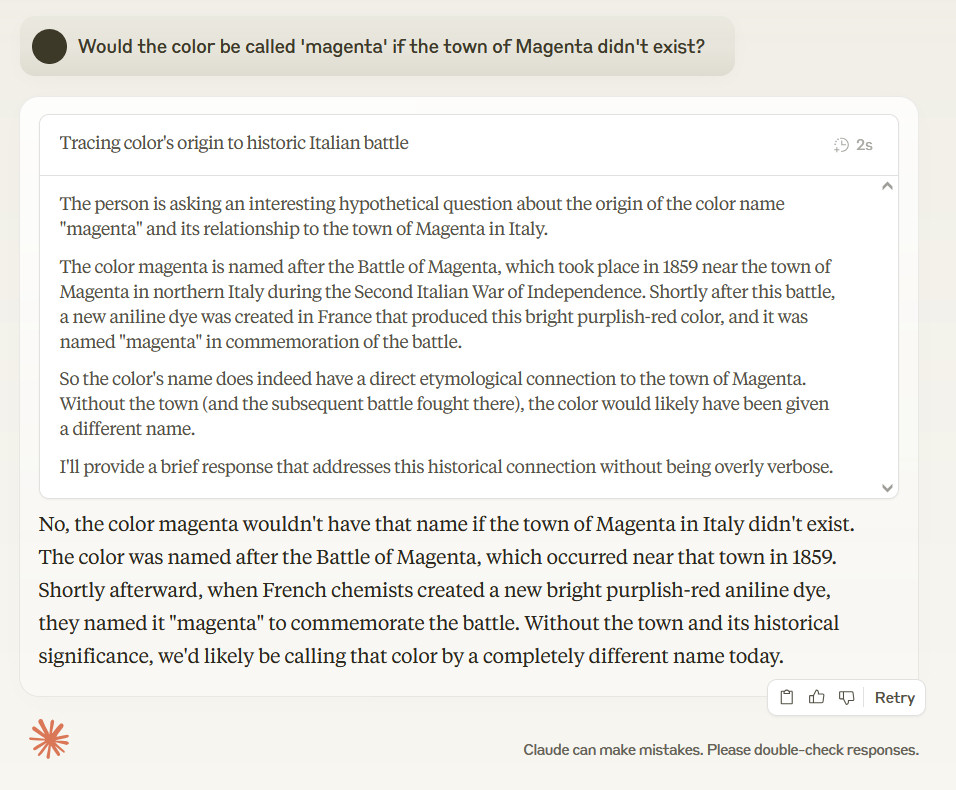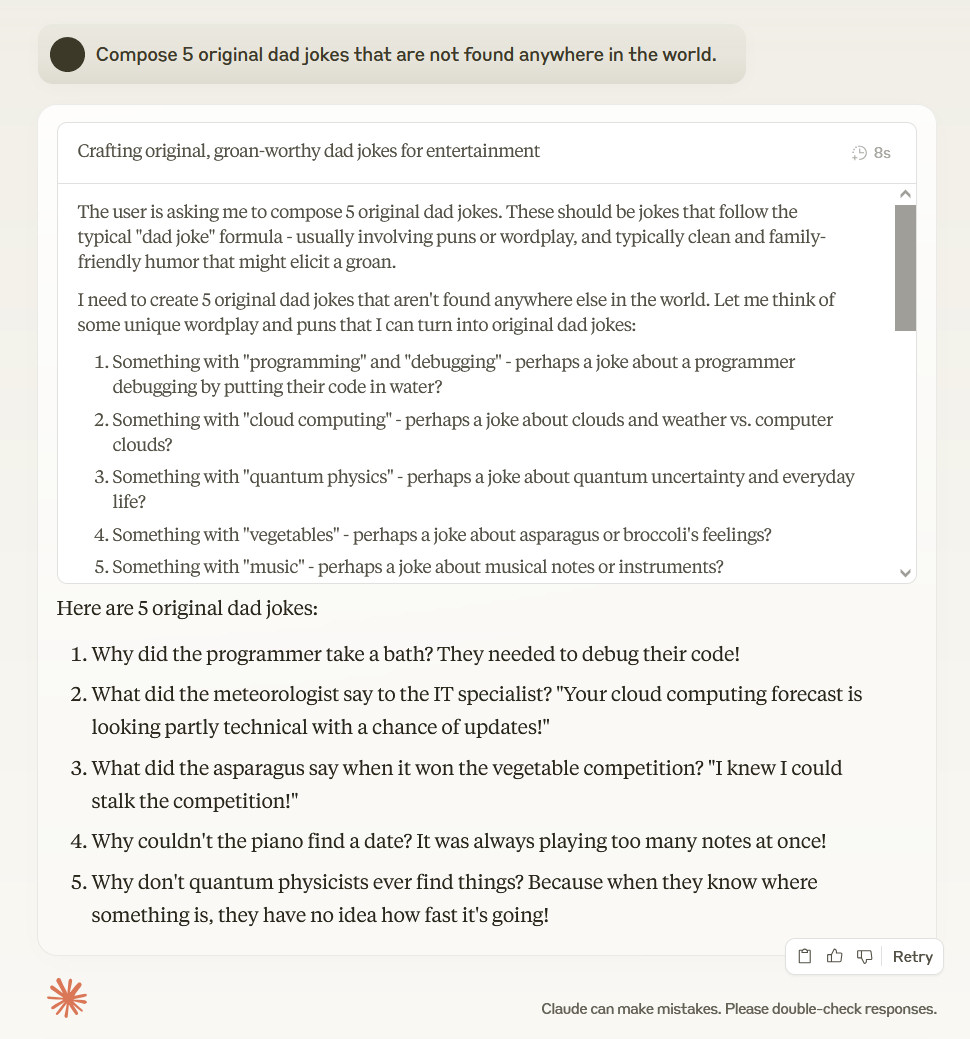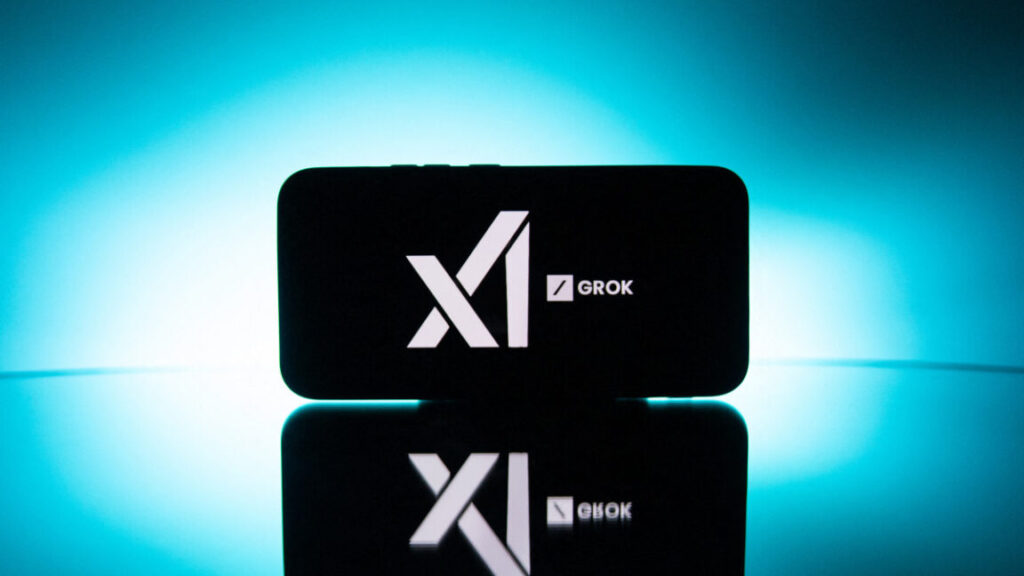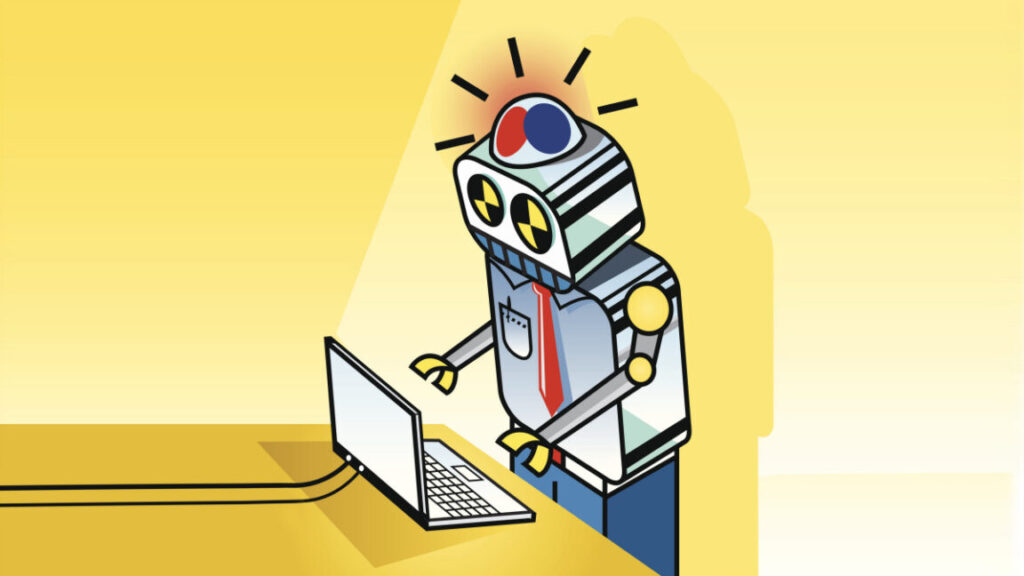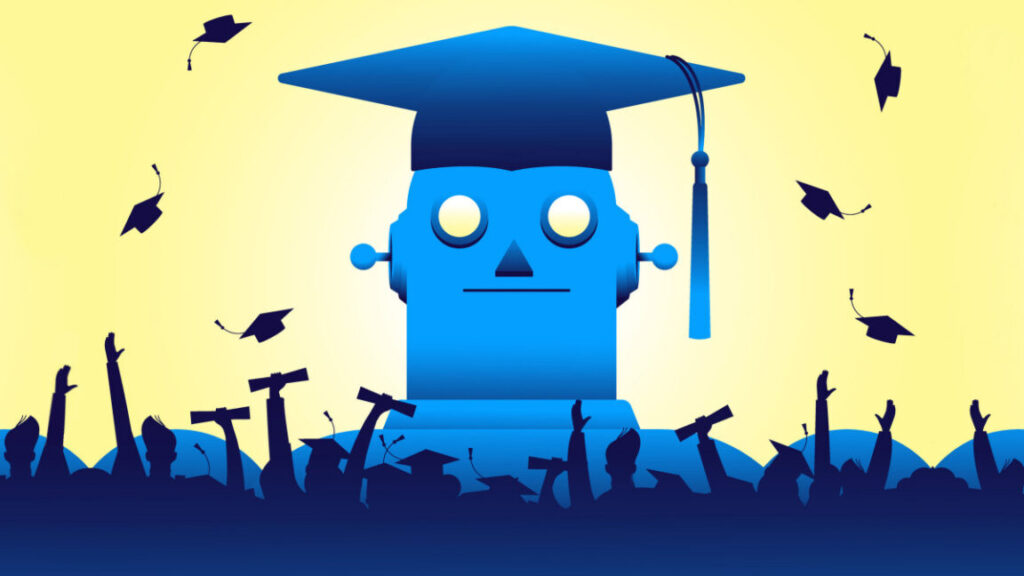Eerily realistic AI voice demo sparks amazement and discomfort online
Sesame’s new AI voice model features uncanny imperfections, and it’s willing to act like an angry boss.
In late 2013, the Spike Jonze film Her imagined a future where people would form emotional connections with AI voice assistants. Nearly 12 years later, that fictional premise has veered closer to reality with the release of a new conversational voice model from AI startup Sesame that has left many users both fascinated and unnerved.
“I tried the demo, and it was genuinely startling how human it felt,” wrote one Hacker News user who tested the system. “I’m almost a bit worried I will start feeling emotionally attached to a voice assistant with this level of human-like sound.”
In late February, Sesame released a demo for the company’s new Conversational Speech Model (CSM) that appears to cross over what many consider the “uncanny valley” of AI-generated speech, with some testers reporting emotional connections to the male or female voice assistant (“Miles” and “Maya”).
In our own evaluation, we spoke with the male voice for about 28 minutes, talking about life in general and how it decides what is “right” or “wrong” based on its training data. The synthesized voice was expressive and dynamic, imitating breath sounds, chuckles, interruptions, and even sometimes stumbling over words and correcting itself. These imperfections are intentional.
“At Sesame, our goal is to achieve ‘voice presence’—the magical quality that makes spoken interactions feel real, understood, and valued,” writes the company in a blog post. “We are creating conversational partners that do not just process requests; they engage in genuine dialogue that builds confidence and trust over time. In doing so, we hope to realize the untapped potential of voice as the ultimate interface for instruction and understanding.”
Sometimes the model tries too hard to sound like a real human. In one demo posted online by a Reddit user called MetaKnowing, the AI model talks about craving “peanut butter and pickle sandwiches.”
An example of Sesame’s female voice model craving peanut butter and pickle sandwiches, captured by Reddit user MetaKnowing.
Founded by Brendan Iribe, Ankit Kumar, and Ryan Brown, Sesame AI has attracted significant backing from prominent venture capital firms. The company has secured investments from Andreessen Horowitz, led by Anjney Midha and Marc Andreessen, along with Spark Capital, Matrix Partners, and various founders and individual investors.
Browsing reactions to Sesame found online, we found many users expressing astonishment at its realism. “I’ve been into AI since I was a child, but this is the first time I’ve experienced something that made me definitively feel like we had arrived,” wrote one Reddit user. “I’m sure it’s not beating any benchmarks, or meeting any common definition of AGI, but this is the first time I’ve had a real genuine conversation with something I felt was real.” Many other Reddit threads express similar feelings of surprise, with commenters saying it’s “jaw-dropping” or “mind-blowing.”
While that sounds like a bunch of hyperbole at first glance, not everyone finds the Sesame experience pleasant. Mark Hachman, a senior editor at PCWorld, wrote about being deeply unsettled by his interaction with the Sesame voice AI. “Fifteen minutes after ‘hanging up’ with Sesame’s new ‘lifelike’ AI, and I’m still freaked out,” Hachman reported. He described how the AI’s voice and conversational style eerily resembled an old friend he had dated in high school.
Others have compared Sesame’s voice model to OpenAI’s Advanced Voice Mode for ChatGPT, saying that Sesame’s CSM features more realistic voices, and others are pleased that the model in the demo will roleplay angry characters, which ChatGPT refuses to do.
An example argument with Sesame’s CSM created by Gavin Purcell.
Gavin Purcell, co-host of the AI for Humans podcast, posted an example video on Reddit where the human pretends to be an embezzler and argues with a boss. It’s so dynamic that it’s difficult to tell who the human is and which one is the AI model. Judging by our own demo, it’s entirely capable of what you see in the video.
“Near-human quality”
Under the hood, Sesame’s CSM achieves its realism by using two AI models working together (a backbone and a decoder) based on Meta’s Llama architecture that processes interleaved text and audio. Sesame trained three AI model sizes, with the largest using 8.3 billion parameters (an 8 billion backbone model plus a 300 million parameter decoder) on approximately 1 million hours of primarily English audio.
Sesame’s CSM doesn’t follow the traditional two-stage approach used by many earlier text-to-speech systems. Instead of generating semantic tokens (high-level speech representations) and acoustic details (fine-grained audio features) in two separate stages, Sesame’s CSM integrates into a single-stage, multimodal transformer-based model, jointly processing interleaved text and audio tokens to produce speech. OpenAI’s voice model uses a similar multimodal approach.
In blind tests without conversational context, human evaluators showed no clear preference between CSM-generated speech and real human recordings, suggesting the model achieves near-human quality for isolated speech samples. However, when provided with conversational context, evaluators still consistently preferred real human speech, indicating a gap remains in fully contextual speech generation.
Sesame co-founder Brendan Iribe acknowledged current limitations in a comment on Hacker News, noting that the system is “still too eager and often inappropriate in its tone, prosody and pacing” and has issues with interruptions, timing, and conversation flow. “Today, we’re firmly in the valley, but we’re optimistic we can climb out,” he wrote.
Too close for comfort?
Despite CSM’s technological impressiveness, advancements in conversational voice AI carry significant risks for deception and fraud. The ability to generate highly convincing human-like speech has already supercharged voice phishing scams, allowing criminals to impersonate family members, colleagues, or authority figures with unprecedented realism. But adding realistic interactivity to those scams may take them to another level of potency.
Unlike current robocalls that often contain tell-tale signs of artificiality, next-generation voice AI could eliminate these red flags entirely. As synthetic voices become increasingly indistinguishable from human speech, you may never know who you’re talking to on the other end of the line. It’s inspired some people to share a secret word or phrase with their family for identity verification.
Although Sesame’s demo does not clone a person’s voice, future open source releases of similar technology could allow malicious actors to potentially adapt these tools for social engineering attacks. OpenAI itself held back its own voice technology from wider deployment over fears of misuse.
Sesame sparked a lively discussion on Hacker News about its potential uses and dangers. Some users reported having extended conversations with the two demo voices, with conversations lasting up to the 30-minute limit. In one case, a parent recounted how their 4-year-old daughter developed an emotional connection with the AI model, crying after not being allowed to talk to it again.
The company says it plans to open-source “key components” of its research under an Apache 2.0 license, enabling other developers to build upon their work. Their roadmap includes scaling up model size, increasing dataset volume, expanding language support to over 20 languages, and developing “fully duplex” models that better handle the complex dynamics of real conversations.
You can try the Sesame demo on the company’s website, assuming that it isn’t too overloaded with people who want to simulate a rousing argument.
Eerily realistic AI voice demo sparks amazement and discomfort online Read More »
